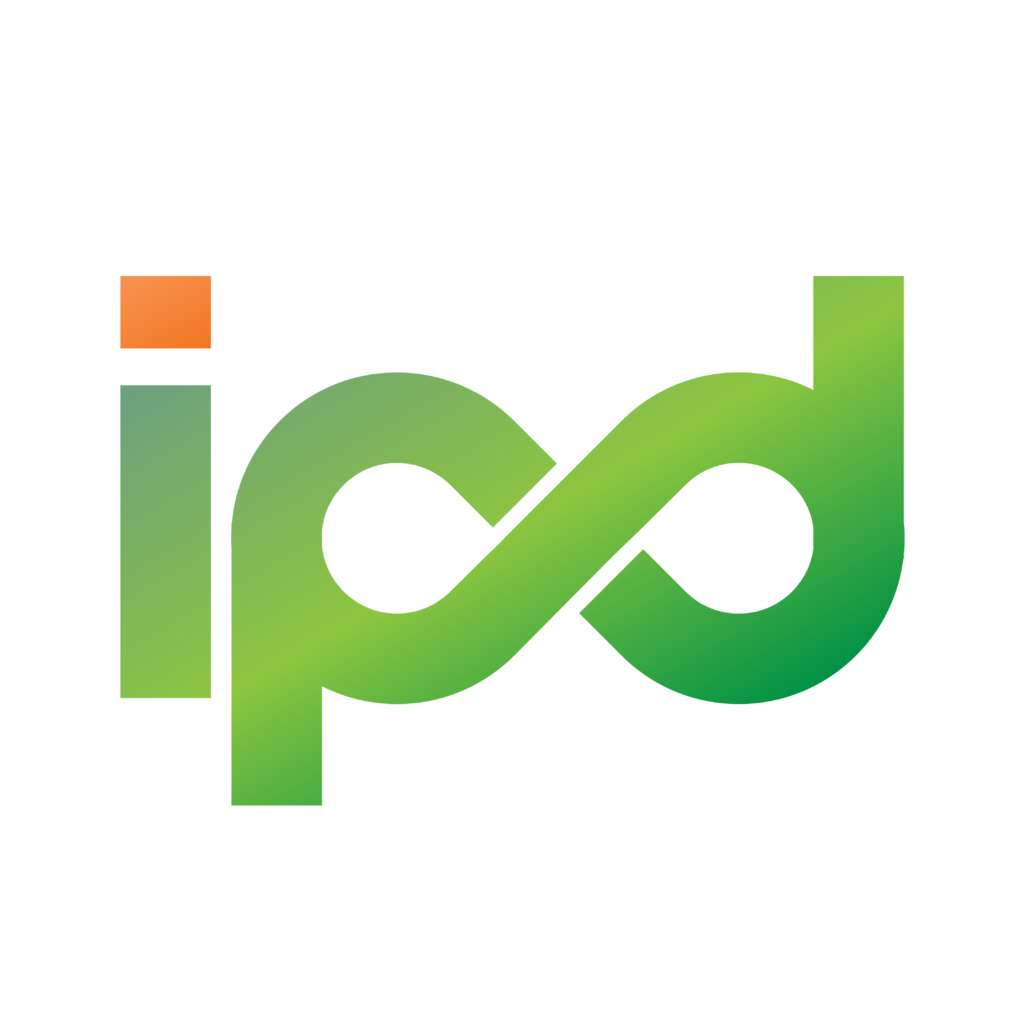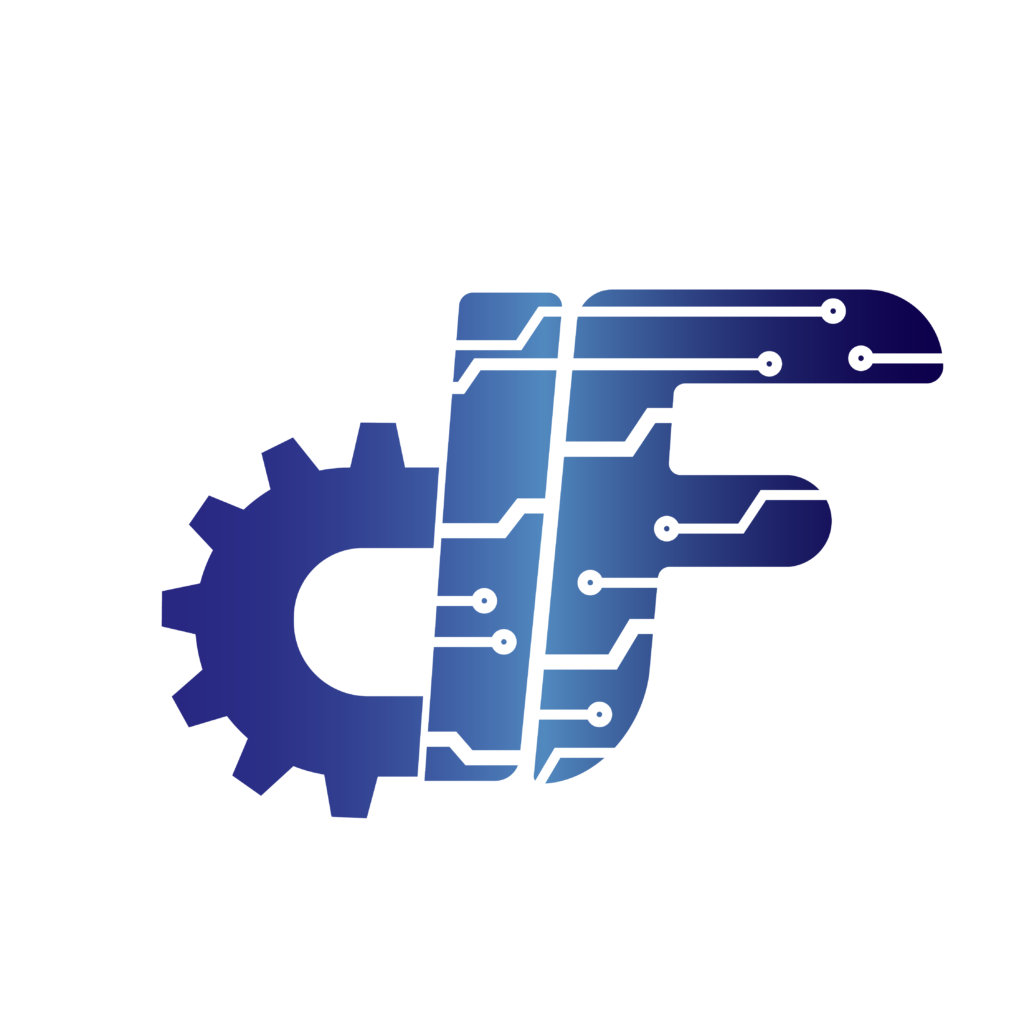Development of Mixed Reality Application for Mathematic Education
Mixed Reality Application: Mathematics Education
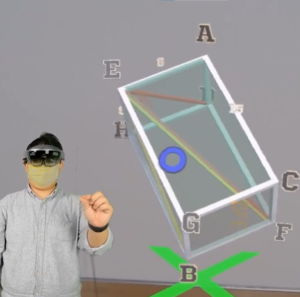
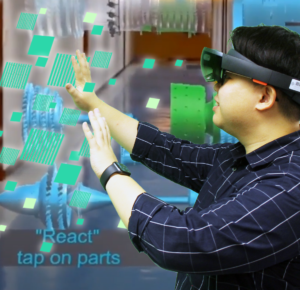
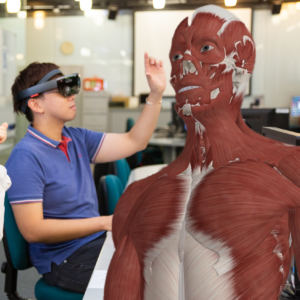
Mixed Reality Application: Mathematics Education demonstrated a mixed reality application for secondary students to learn 3D geometry. Simple cubes are used as examples for students to learn geometry in 3D space. For interactive learning, students can rotate and zoom the cube to view it in different angles or viewports. They can study the vertex, edge, and angle formations in the 3D cube so that they can visualize the geometry in a more realistic way.
The HoloLens are a pair of mixed reality smart-glasses which merge real and virtual environment to create new one for interaction and visualization. With gesture and sound recognition systems built-in, hand gestures and speech are used to control and interact in HoloLens applications. With the advantage of mixed reality technology, virtual 3D objects can be viewed in real word background, making the manipulation of both physical and digital object possible.
Traditionally, drawings and figures are employed as a visualization method to teach secondary students the concept of three-dimensional geometry. Simple cubes are used as examples in this program to help students learn about geometry in three-dimensional space. Students may use hand gestures to rotate and zoom the cube in order to visualize the content they are learning. They have the opportunity of seeing the cube in various sizes, angles, and viewports. It is possible for them to comprehend the construction of 3D geometries by examining the model’s vertices, edges, faces, and even the angle degrees of the model. Students may see geometry in a more realistic manner, and they can study more effectively in 3D space as a result.
Collaborating with

